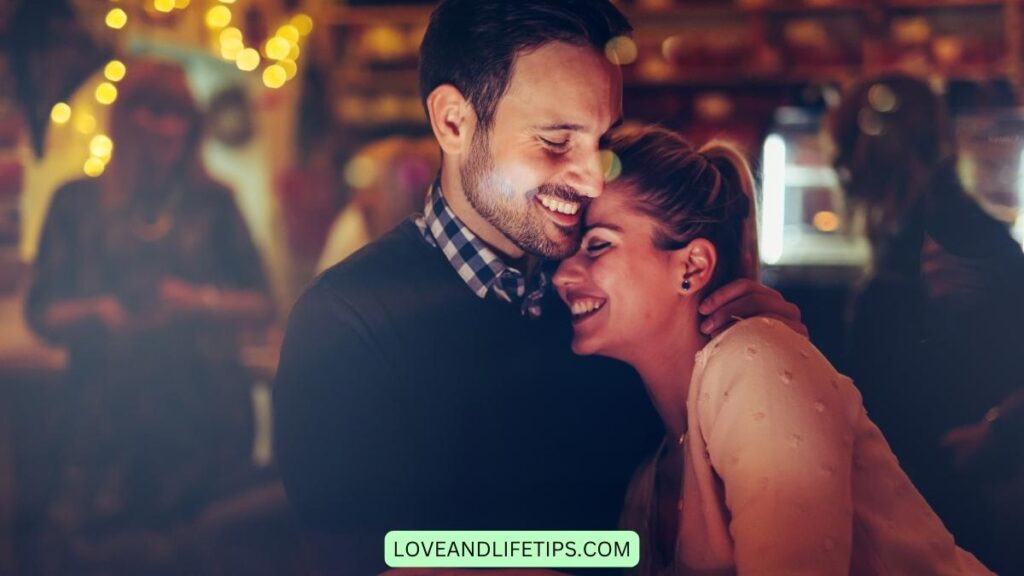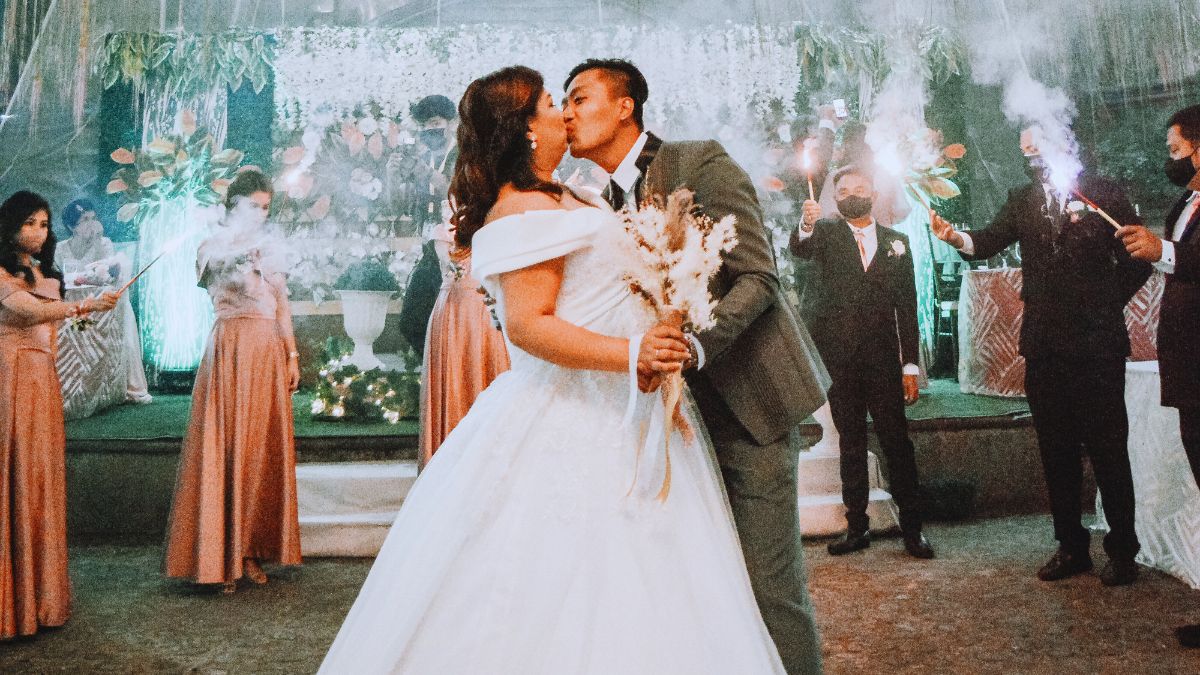Vulnerability is the cornerstone of deep emotional connection in relationships. However, many people shy away from being vulnerable because they fear coming off as too needy. It’s a delicate balance – opening up emotionally without seeming like you’re asking for too much. The good news is that vulnerability, when done right, strengthens the bond between partners and fosters a deeper, more authentic connection. In this article, we’ll explore seven proven ways to be vulnerable in a relationship without appearing needy.
What Is Vulnerability in a Relationship?
Vulnerability means showing your true self to your partner – your fears, insecurities, and desires – without putting up emotional walls. It’s about allowing someone to see who you are without pretense, knowing they may hurt you but trusting them enough to believe they won’t. Being vulnerable creates intimacy and closeness, but many struggle with finding the right balance between openness and emotional dependency.

The Difference Between Vulnerability and Neediness
Before we dive into the tips, it’s essential to understand the distinction between vulnerability and neediness. Neediness occurs when you constantly seek validation, reassurance, and emotional support from your partner, sometimes at the expense of their emotional well-being. Vulnerability, on the other hand, is about sharing your feelings and trusting your partner while maintaining your emotional independence.
Now that we have clarified this important difference, let’s get into the seven ways to be vulnerable in a relationship without coming off as needy.
By using these techniques, you will be well on your way to enjoying a deeply connected and fulfilling relationship. Vulnerability should be celebrated, not feared and with the right approach, it can lead to a stronger, more meaningful bond with your partner.

1. Communicate Honestly Without Over-sharing
Honest communication is at the heart of any healthy relationship. However, it’s important to remember that vulnerability doesn’t mean sharing every thought or insecurity right away. Instead, focus on communicating authentic emotions that pertain to your relationship or your partner.
Practice Thoughtful Openness
Before sharing something deeply personal, ask yourself whether it’s the right time and setting. Vulnerability thrives in moments of connection, not when your partner is stressed or distracted. Be open about how you feel, but avoid overwhelming your partner with constant emotional disclosures.

2. Show Your Emotional Side, But Set Boundaries
Being vulnerable doesn’t mean that you have to be emotionally exposed at all times. It’s about letting your partner see your softer side while setting healthy emotional boundaries.
Balance Vulnerability with Self-awareness
Share your emotions, but recognize when you need space to process your feelings on your own. Being emotionally available is crucial, but so is maintaining your emotional independence. This balance shows that you’re confident enough to be open without requiring constant reassurance from your partner.
3. Listen as Much as You Share
Vulnerability is a two-way street. If you want your partner to open up and connect with you, it’s vital to be an active listener. Engaging in deep conversations means giving space for your partner to be vulnerable as well.
Encourage Emotional Openness
Encourage your partner to share their thoughts and emotions by being present and showing empathy. Vulnerability is about mutual trust, and listening without judgment helps build that foundation.

4. Express Your Needs, Don’t Demand Them
It’s perfectly okay to have needs in a relationship. The key is to express them in a way that doesn’t come across as a demand. Asking for support and validation is part of being vulnerable, but doing so with respect for your partner’s boundaries is crucial.
Use “I” Statements
Instead of saying, “You never support me,” try framing it as “I feel unsupported when….” This way, you express your vulnerability without placing blame on your partner. It opens the door for a productive conversation rather than triggering defensiveness.
5. Show Vulnerability Through Actions, Not Just Words
Words are essential, but actions often speak louder. Showing vulnerability can also come in the form of non-verbal expressions – small gestures of affection, acts of kindness, or moments where you let your guard down physically and emotionally.
Physical and Emotional Gestures
A hug when your partner least expects it, or an affectionate touch, can be powerful ways to demonstrate vulnerability. These gestures help convey your trust and emotional openness without the need for grand verbal declarations.

6. Don’t Apologize for Your Feelings
One of the most common pitfalls when trying to be vulnerable is feeling the need to apologize for your emotions. Vulnerability means owning your feelings without guilt or shame. Your emotions are valid, and your partner should respect them.
Embrace Emotional Transparency
Instead of saying, “I’m sorry for being emotional,” try expressing, “This is how I’m feeling, and I’d like to talk about it.” Embracing your emotions with confidence shows that you’re open without being needy.
7. Trust Your Partner Without Over-relying on Them
Trust is the foundation of vulnerability. However, it’s important to trust your partner without placing your emotional well-being solely in their hands. Being vulnerable means believing that your partner has your back, but also trusting yourself to handle your emotions independently.
Build Mutual Trust
While sharing your vulnerabilities, remind yourself that it’s okay to lean on your partner, but also make sure you have a support system that includes self-care practices. This shows that you’re emotionally open but not entirely dependent.

The Importance of Balancing Vulnerability and Emotional Independence
At the heart of all relationships lies the need for emotional intimacy, which is only possible through vulnerability. However, there’s a fine line between being open and becoming emotionally dependent. Emotional independence is just as important as vulnerability, as it allows you to thrive as an individual while deepening your connection with your partner.
How Vulnerability Strengthens Relationships
Vulnerability builds trust, empathy, and compassion in relationships. When both partners feel safe enough to be open, they develop a deeper bond that can withstand challenges. By practicing vulnerability without being needy, you show your partner that you trust them, but you also respect yourself enough to maintain emotional autonomy.
Signs of Healthy Vulnerability in a Relationship
- Mutual respect for boundaries: Both partners share their emotions while respecting each other’s emotional limits.
- Open communication: There’s a free flow of honest communication without fear of judgment or rejection.
- Emotional independence: Both partners support each other, but they also know when to take time for self-care and personal growth.

Key Takeaways for Being Vulnerable Without Neediness
- Share your feelings authentically but avoid over-reliance on your partner for validation.
- Set emotional boundaries while maintaining open lines of communication.
- Practice active listening to create a space for mutual vulnerability.
- Use actions as well as words to express your emotional openness.
- Trust your partner without losing your sense of self.
Conclusion
Being vulnerable in a relationship is essential for building emotional intimacy, but it doesn’t have to come at the expense of your independence. By following these seven proven strategies, you can foster a deep, trusting bond with your partner while maintaining a healthy balance between openness and emotional autonomy. Vulnerability, when practiced with care and confidence, can transform your relationship into one of mutual respect, trust, and love.
